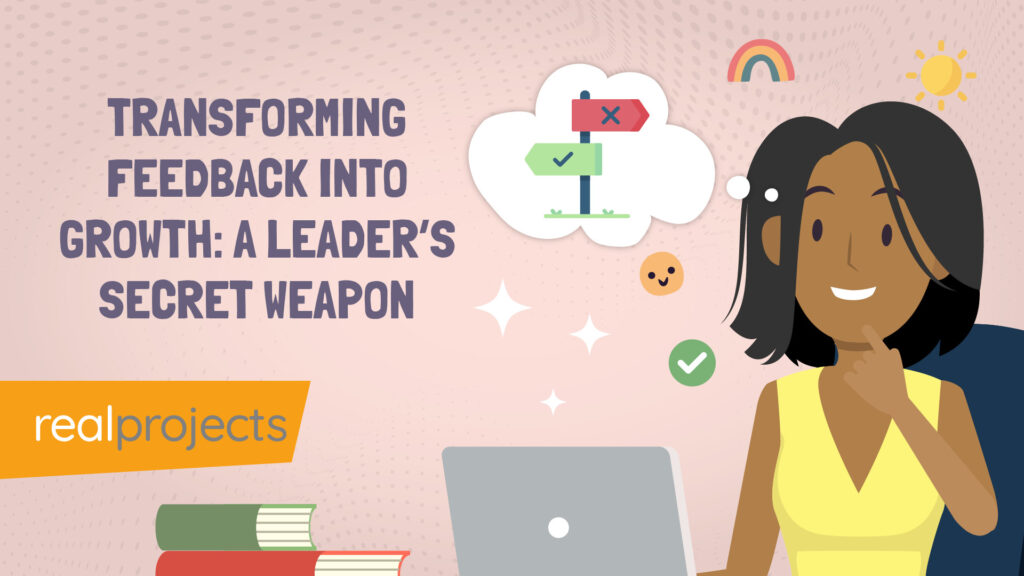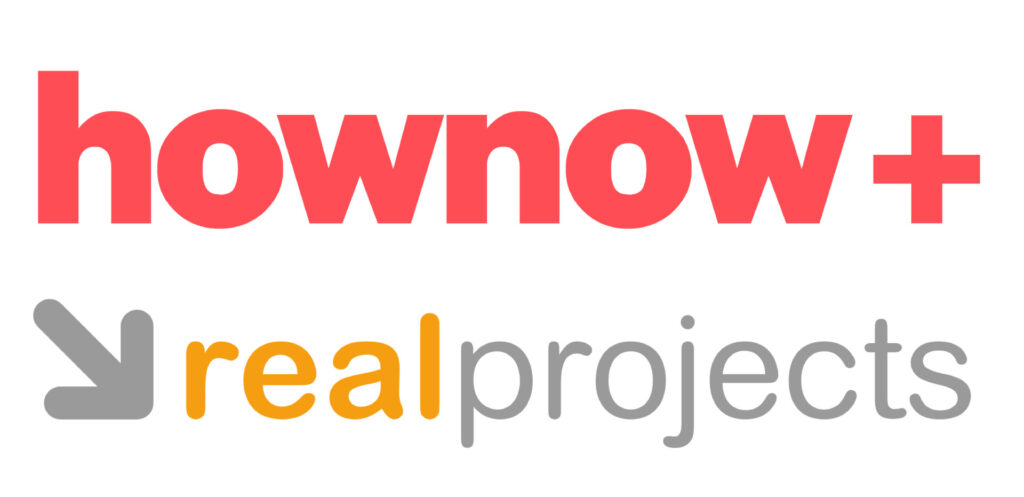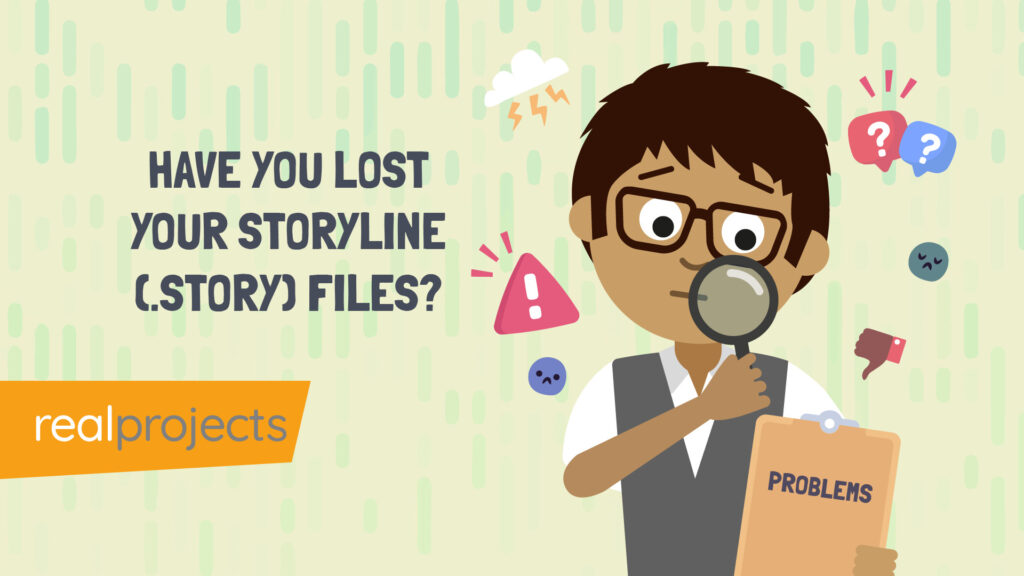Off the shelf or custom. What do you choose. Some people also call it bespoke or ready made.
You might have found youself in this position at the start of project. You’ve been tasked to solve a specific content project. You’ve got a timeline, budget and been asked to put together a course for X number of people by Y date.
Perhaps you’ve been asked to purchase an off the shelf course library for the new LMS or LXP that has arrived with new content. Like the time you got the games console with no games.
Both options cost money. Both options provide an excellent solution depending on what your requirement is. It is important that you know what you need, when and what the budget is.
Elearning is widely considered a more cost-effective training method than in-person Learning and Development courses. Now, with technological developments increasing interactivity and learning options, companies are keen to invest in elearning content and new innovative platforms. But get this wrong and you’ll find that you quickly spend a lot of money on the wrong things. And people still keep doing this.
New elearning content is supporting hybrid working and remote working with employees increasingly working remotely and distributed across the globe, elearning content is often the first choice for learning content.
Elearning is increasingly seen as a popular choice for the deployment of learning content for organisations of all sizes. It allows for rapid deployment of content across multiple locations and will often support multiple languages. But the question for many organisations is how where do you get the course from? Do you create them or do you buy them?
There are two main types of elearning content available. Off-the-shelf and custom content. In this insight article we review the differences between the two and explain the advantages and disadvantages of each to allow you with the ability to make the best possible informed purchase decision for your Learning and Development requirements.
What is Custom Elearning Elearning Content
Despite all of the off the shelf providers that are available you’ll find that no-one has the course that covers your requirement. There can be a number of reasons:
- Confidential Content
- Business specific content
- Not available off the shelf
- Branding
- Regulatory requirements
- Interactivity and engagements
- Flexible updates
Custom elearning is unique to your organisation. It is designed and developed to your organisation and is only available to you. It has been designed for your branding, sector, training requirements and internal processes. You will work with the development team (internal/external) to make sure that the final course meets your learning and development goals and aligns your learning strategy.
Unlike off the shelf courses there are more factors to considers with custom content. The developers will go through this with you and you should be heavily involved with the process, reviewing and providing input at every stage. Depending on the size of your project it can take months, sometimes into years to finish custom projects. You’ll also able to decide on the development tool that you, one of the popular development tools is Articulate 360.
Custom elearning projects are ideal for organisations that have specialised content and want to deliver a personalised learning experience. It might be very a technical platform like VR/AR or could be the nature of the content. You might want be able to control the out of the content by developing your own content alognside your own development guidelines.
What is off the shelf content
Off-the-shelf elearning content consists of pre-built courses designed to address common training needs. These courses can be used immediately without modification, covering a wide range of topics such as cyber security, leadership, soft skills, and industry-specific areas like data analytics in football.
Often included as part of a larger elearning library, off-the-shelf courses are typically available through a subscription model. Many providers now offer multi-language options and integration with LMS (Learning Management Systems) or LXP (Learning Experience Platforms), making them accessible to global teams.
Delivery of Off-the-Shelf Content
Off-the-shelf elearning content is ready to use, often with SCORM files, thumbnails, and metadata readily available for immediate deployment. These features make it easy to upload, organise, and launch courses quickly. Courses can often be accessed via the cloud using the supplier’s platform, meaning you don’t always need your own LMS or LXP. This streamlined delivery approach allows organisations to deploy training efficiently, saving critical time and resources.
In rapidly changing work environments, off-the-shelf content provides organisations with a quick and practical solution to meet evolving learning and development needs. It’s a consistent and cost-effective way to deliver training if you select the right elearning course provider.
What is Elearning Content
Elearning content has the ability to transform an LMS (Learning Management System) or LXP (Learning Experience Platform) from an empty tool into something people actually want to use. Think of it like a games console that you buy without any games, it’s not much use without the right content.
What exactly counts as elearning content?
Most platforms support a wide range of content types, including:
- SCORM or xAPI files: Ready-made or custom-built elearning courses designed for structured learning.
- Documents and visuals: PDFs, Word files, and graphic formats like PNG, JPEG, and SVG for quick reference.
- Video files: Formats like MP4, AVI, and MOV, ideal for engagement.
- Cloud-based links: Direct connections to tools like Google Docs for collaborative content.
- Platform-built content: Materials created using the system’s built-in tools.
Why Does Format Matter?
Not all platforms support every file type.
Compatibility issues can quickly cause problems, leading to time-consuming file conversions.
For example, SCORM files might face IT restrictions due to being ZIP files, which are sometimes flagged as a security risk.
It’s critical to align your content with your platform’s technical specifications before uploading. There are a lot of platforms that don’t support SCORM files and many elearning course providers use SCORM to upload their content. Check the comptability on both sides.
The Key to Impactful Content
Good elearning content isn’t just about filling a platform—it’s about meeting specific organisational goals. Before uploading, ask:
- Does this content align with our objectives?
- Is it accessible across devices and browsers?
- Are there file size or format restrictions we need to address?
By ensuring compatibility, accessibility, and relevance, you’ll turn your LMS or LXP into a resource that your team actively uses and values.
Custom and Off The Shelf Content
Custom elearning content is specifically designed around a subject – usually for a single organisation, their policies, workflow, process and is often aligned to a specific Learning and Development requirement.
Whilst custom elearning courses can cover any projects they are normally commissioned for a very specific content requirement. Companies or organisations will develop their own custom content because they have very specific learning requirements relating to the content or have a very specific content requirement that hasn’t been met by an off the shelf course.
It is not unusual for a company to develop a custom course that meets a niche content requirement and take this to the market and sell it to cover their development costs.
Custom content development ensures that every detail is covered to meet the requirements of a business and is typically owned by them for only their own use. Deployment of their course will be via the company Learning Management System (LMS) or Learning Experience Platform (LXP), with managers wondering what content they could deploy into their LMS or LXP
The content can still be updated to ensure that it is up to date and relevant. This can be carried out internally or externally via the elearning development partner.
Branding, colours, graphics and any specific requirements can all be accommodated within the custom development, but this will all add to the project budget so there are often a number of decisions to be made as the client works through the initial specification and project cost phase.
Off-the-shelf elearning content are created by subject matter experts rather than those working for a particular company and where appropriate, are accredited by relevant industry body experts.
Off-the-shelf course content is usually available for immediate download or completion and while traditionally only available on the provider’s own website is often now suitable for external LMS integration. It is no longer necessary that you have to have your own LMS/LXP to access an elearning library with the advances in cloud computing and content management allowing you to have access to content via the cloud.
The critical thing to look for when buying an off the shelf elearning library is what are you getting? You shoudl receive the course files (often SCORM), thumbnails, metadata and all of this should be easy to download and be able to be up and running in day and not months.
The nature of generic course content like this is that it appeals to a broader audience than just those employed by a single business.
There is often a misconception that such courses are only on very general topics because of their varied applications and appeal – but in truth, the sheer amount of such courses available now means that more specialised content areas are now covered too.
Off-the-Shelf vs. Custom Content: Development Time and Effort
The design, creation and delivery of all training courses is a heavy process on finances, resources and business time. The real difference between off-the-shelf elearning content compared to that custom created is really where this cost lies.
Custom content is a lengthy process, involving initial analysis, design, production and numerous review phases alongside specialist staff for each process – and this is all before any industry accreditation body can be involved.
This often increases the budget for custom elearning solutions and increases the timeline for projects. This does not mean that custom projects should not take place but companies need to consider the proposed timeline, internal resources required and continued investment throughout any required rounds of amends or updates.
Off-the-shelf elearning content, however, requires no such development time by those responsible for delivering the training as these processes are all completed by the elearning provider.
Find a good off the shelf partner and they will have an elearning content roadmap. This provides all of the titles that will be up and coming. This allows you to know what is coming and allows you to plans and intergrate any new courses or content objects into our learning strategy. You’ll find that some partners will want to know your requirements so that they can integrate your own ideas and requirements into the roadmap.
Content will be updated periodically in line with best practices processes and any specific curriculum revisions, this will be managed externally and should not require any intervention from the organisation or individual purchasing the course content. This saves not just on significant development and deployment time, but also provides the ability for immediate availability once purchased.
Many off-the-shelf elearning courses do now allow for some personalisation to be added in although it should be noted that this is not to the same scale as anything created entirely bespoke.
Off-the-Shelf vs. Custom Content: Flexibility and Scalability
Organisations looking to roll out elearning training courses for their workforce need to balance flexibility, brand customisation, cost, content requirements alongside the need for scalability.
Custom elearning content provides greater flexibility for businesses to incorporate specific branding, scenarios and specific content requirements, such customisations rarely form part of off-the-shelf elearning offering.
There are off the shelf providers that offer levels of personalisation when pre-packaged content is but this does not tend to cover the same degree of customisation as a complete custom project. The key decision point if often content. If you have a very specific content requirement then you are likely to require a custom development project as opposed to making small amends to an existing off the shield course.
Off-the-shelf elearning courses provide easy scalability, can be downloaded and integrated into the LMS or LXP. A library will often come with thumbnails, metadata and resources so that you can populate quickly and you’ll require limited resources to set up the courses.
This allows you to get up and running quickly and have your employees using courses within hours as opposed to weeks. Naturally you might want to provide learning pathways and restrict access to specific groups of users, but essentially you’ll be ready to go. This flexibility and scalability is ideal of organisations of all sizes and allows for a consistent experience regardless of who completes the training, where they complete it and what department they are in.
Off-the-Shelf vs. Custom Content: What is right for you?
There is unlikely to be a right answer and you’ll need to work through your content and learning requirements. It is likely that you’ll have a mix of off the shelf courses and custom courses. You might start off with an elearning library and add some custom content over time.
What is critical is that you’ve got a review process. You are likely to be looking through lots of courses and platfoms and having a review process allows you to make a balanced decision as you work through all of them. Don’t forget that you should also include all of the affected business areas, this might include HR, Finance, and Operations.
Most organisations use a mix of off the shelf courses and custom content. If you are new to elearning then an off the shelf library will provide you with a range of courses that you can deploy quickly and easily.
If you have a very specific custom requirement then a custom elearning project will be something that you need and this will become part of your learning mix. The decision process will be part of your procurement process and be aligned with your learning requirements.
As a result of the varying and varying nature of businesses and their individual cultures, it’s now fairly common to find a hybrid approach taken toward elearning delivery – with custom course content used for anything specific to the organisation and high-quality off-the-shelf options presented for industry-appropriate, soft skills or more generic training.
The development of technology has vastly benefited elearning providers over the last few years and this has seen the industry blossom into a varied and engaging marketplace full of inspiring course content. There is a range of providers and the quality on offer continues to improve.
This presents organisations with a wealth of off-the-shelf options that can fulfil their internal training needs and matches the standard of many custom content courses, without the need for heavy financial, time or resource investment.
However as organisations choose to proceed with developing their elearning libraries, they can be assured of one thing – the wealth of choice and level of quality behind off-the-shelf solutions is at an all-time high. Such content is worth looking into even if it hasn’t been used before, and in many cases what’s available will surprise and delight!



